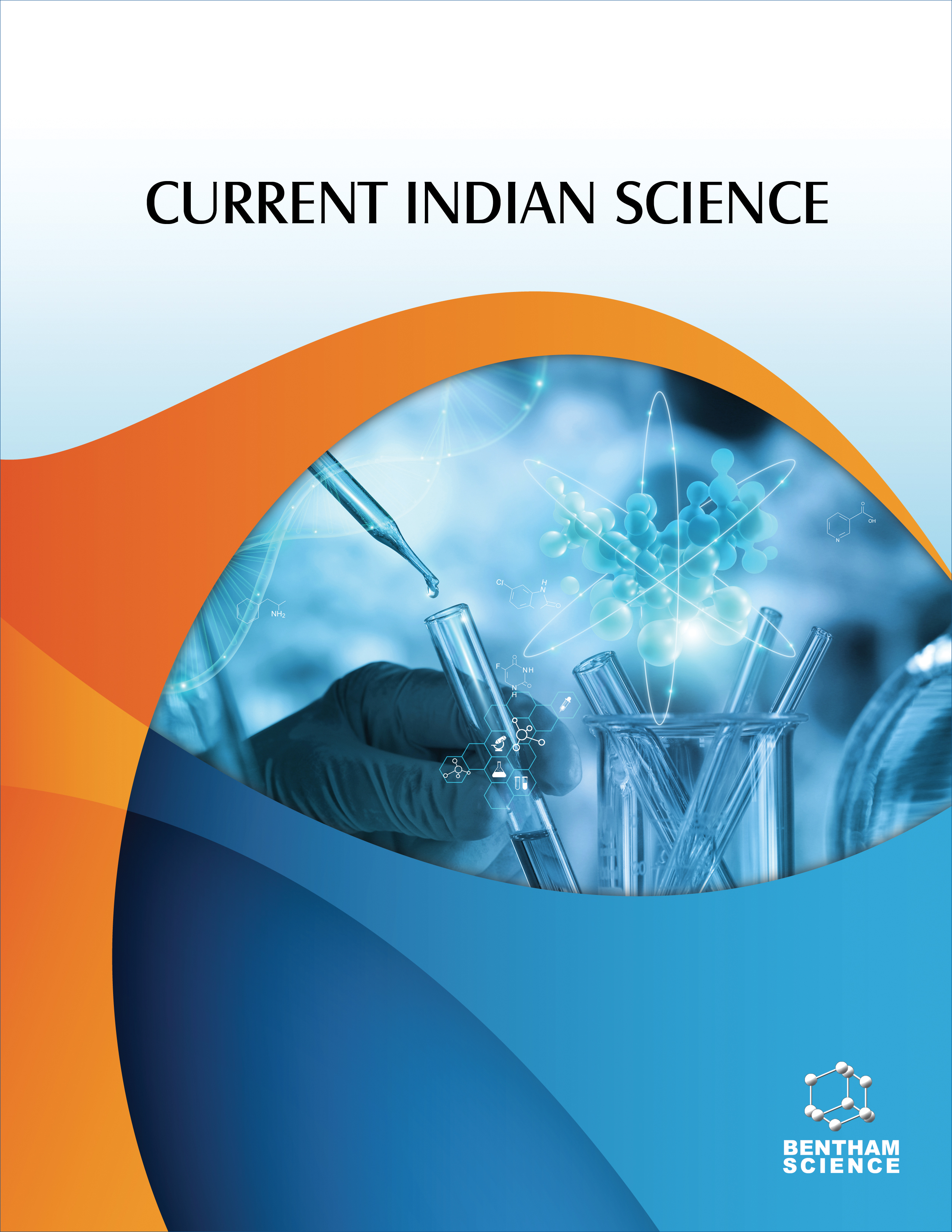-
oa Materiovigilance as a Health Care Safety in India: A Regulatory Prospective
- Source: Current Indian Science, Volume 2, Issue 1, Jan 2024, e2210299X282463
-
- 26 Sep 2023
- 15 Jan 2024
- 26 Feb 2024
Abstract
Over the past few centuries, life-saving tools have been extensively used across the globe. The use of medical devices has increased adverse events associated with them. Materiovigilance is the process of identifying, collecting, reporting, and examining unfavorable events connected to medical devices in order to prevent the recurrence of such occurrences. Several countries keep an eye on medical products once they are commercialized. Other nations with similar programs include France, Australia, and the United Kingdom, in addition to the Medical Device Reporting (MDR) programme in the United States. This article addressed how some types of medical equipment might be dangerous and how a Materiovigilance programme is essential.
This page provides information about how to report adverse reactions to these medical devices, as well as what they are.
In many countries, post-marketing surveillance for medications has been initiated but is not as reliable and advanced as it is today. By monitoring adverse events related to medical devices, generating safety data, educating stakeholders, and recommending appropriate procedures and interventions, the Indian Pharmacopeia Commission established the committee on July 6, 2015.
Monitoring adverse events related to medical device usage can increase patient safety. On the basis of safety data gathered and generated, the Central Drugs Standard Control Organization (CDSCO) will make recommendations about the safe use of medical devices in the Indian population.


